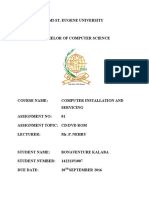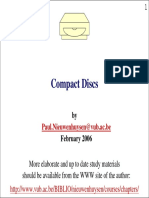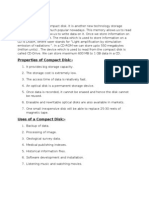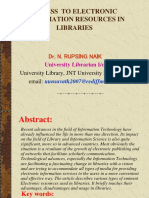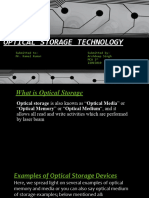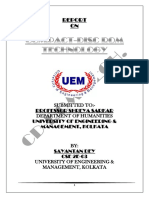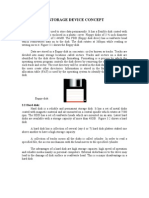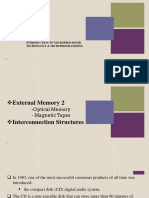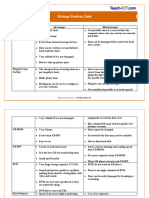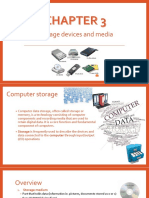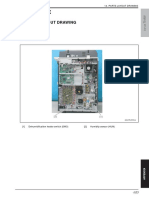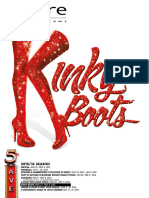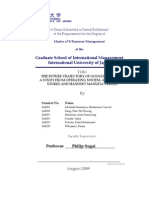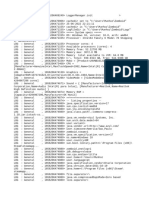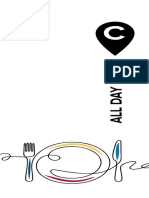0% found this document useful (0 votes)
14 views1 pageCD ROM Database
CD-ROM, or Compact Disc - Read Only Memory, is an optical disc that stores up to 660 MB of data, which can be read but not modified. It is widely used for databases and full-text materials, especially in fields like health and development, and is advantageous due to its durability, ease of use, and fixed subscription costs. However, it may not always contain the most up-to-date information and can have high subscription costs.
Uploaded by
fidobac305Copyright
© © All Rights Reserved
We take content rights seriously. If you suspect this is your content, claim it here.
Available Formats
Download as DOCX, PDF, TXT or read online on Scribd
0% found this document useful (0 votes)
14 views1 pageCD ROM Database
CD-ROM, or Compact Disc - Read Only Memory, is an optical disc that stores up to 660 MB of data, which can be read but not modified. It is widely used for databases and full-text materials, especially in fields like health and development, and is advantageous due to its durability, ease of use, and fixed subscription costs. However, it may not always contain the most up-to-date information and can have high subscription costs.
Uploaded by
fidobac305Copyright
© © All Rights Reserved
We take content rights seriously. If you suspect this is your content, claim it here.
Available Formats
Download as DOCX, PDF, TXT or read online on Scribd
/ 1
